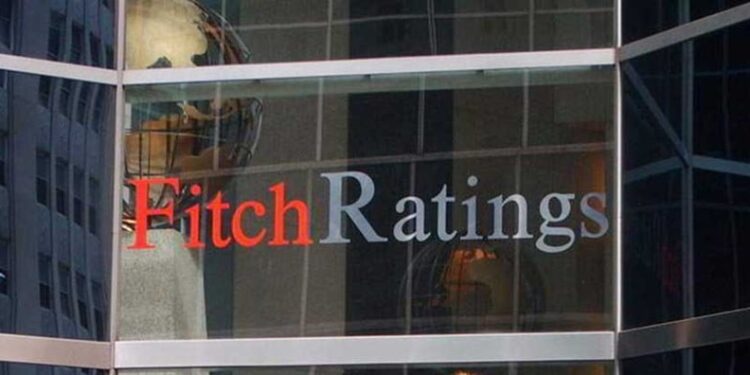Despite the regained stability of macroeconomic indicators, Tunisian banks remain faced with an unfavorable combination of high interest rates, sluggish growth and pressure on profitability, according to the rating agency Fitch Ratings.
Broken credit recovery
In a comment relayed Tuesday by the TAP agency, Fitch Ratings estimates that the Tunisian banking sector is still evolving in a “difficult” environment, marked by slow credit growth, estimated at 0.6% over the first five months of 2025.
This stagnation reflects both a limited demand for financing and a strong mobilization of banking resources for the benefit of the State, to the detriment of other economic sectors.
In other words, public financing policy, although essential for budgetary stability, indirectly weighs on the ability of banks to support private investment.
Risks controlled, but persistent
If Fitch Ratings raised Tunisia’s sovereign rating to “B-” last September with a stable outlook, this improvement “should not result in a notable improvement in the operating conditions of banks”.
The agency recalls that the operating environment remains constrained: high inflation, sluggish growth, high key rates and rising cost of risk.
The bad debt rate (NPL) reached 14.7% at the end of March 2025, its highest level in four years. A significant part of these receivables, however, remains “inherited from previous periods”, giving hope for a gradual improvement in the medium term.
Profitability under pressure
Between 2022 and the first quarter of 2025, the average return on equity (ROE) stood at 10.6%, confirming the moderation of the sector’s profitability.
In the first half of 2025, the cumulative net results of the ten main banks certainly increased by 13% year-on-year, but this increase was reduced by the surge in the cost of risk (+21%) and operating expenses (+8%).
Liquidity: a fragile but stable balance
Fitch nevertheless notes that liquidity conditions remain satisfactory.
Customer deposits – the banks’ main source of funding – increased by 3% over the first five months of 2025 (compared to +10% in 2024), while outstanding loans only increased by 0.6%.
Refinancing with the Central Bank of Tunisia (BCT) represented 5% of total liabilities at the end of May 2025.
These conditions are expected to continue in 2026, supporting increased exposure of banks to sovereign debt, Fitch believes, “given weak demand for private credit and attractive risk-adjusted public yields”.








